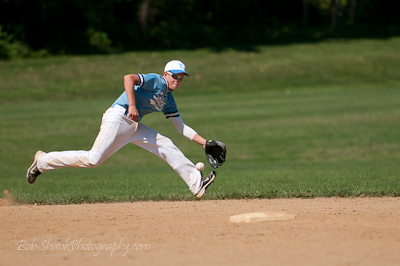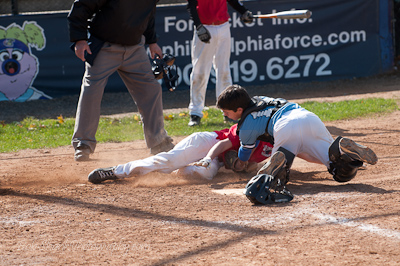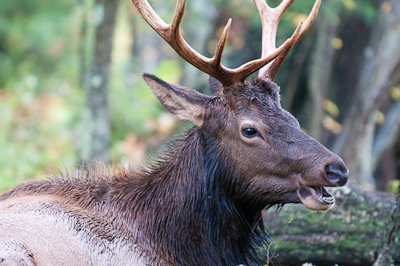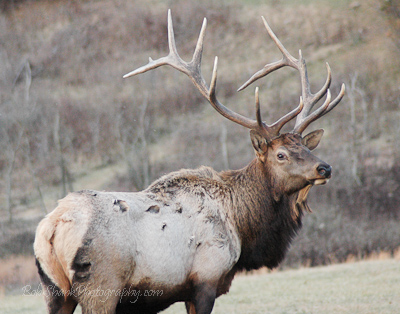Digital photography is great. No more waiting for turn around time with developers or messy chemicals to play with. And you can see what you shot right away on your LCD screen. Shoot away–the only limitation is how many gigabytes of memory available. Another positive difference is that you no longer have to go through shoebox after shoebox to find the photo you are looking for. Yep, digital photography rocks!
And yet, there is still something about a print. No matter its size, a print is something special, something tangible, something unique. When you hold a print in your hands you hold a memory, a moment frozen in time forever. There it is right in front of your eyes. You see it but you still can hardly believe it. Precious time frozen in beauty. Touch it, hold it, stare at it. And if you are the photographer who created this photo that’s even better!
Sadly, far too many prints are in laptops, computers, external hard drives, and Drobos never able to see the light of day. They are stored digitally and even viewed digitally. It is like they are doomed to a digital existence for all of eternity.
No! Even digital photos deserve to be printed. So go ahead, print some of your photos. Hold them in your hands, touch them, stare at them. And then you will realize that there is something mighty precious about a photograph!








